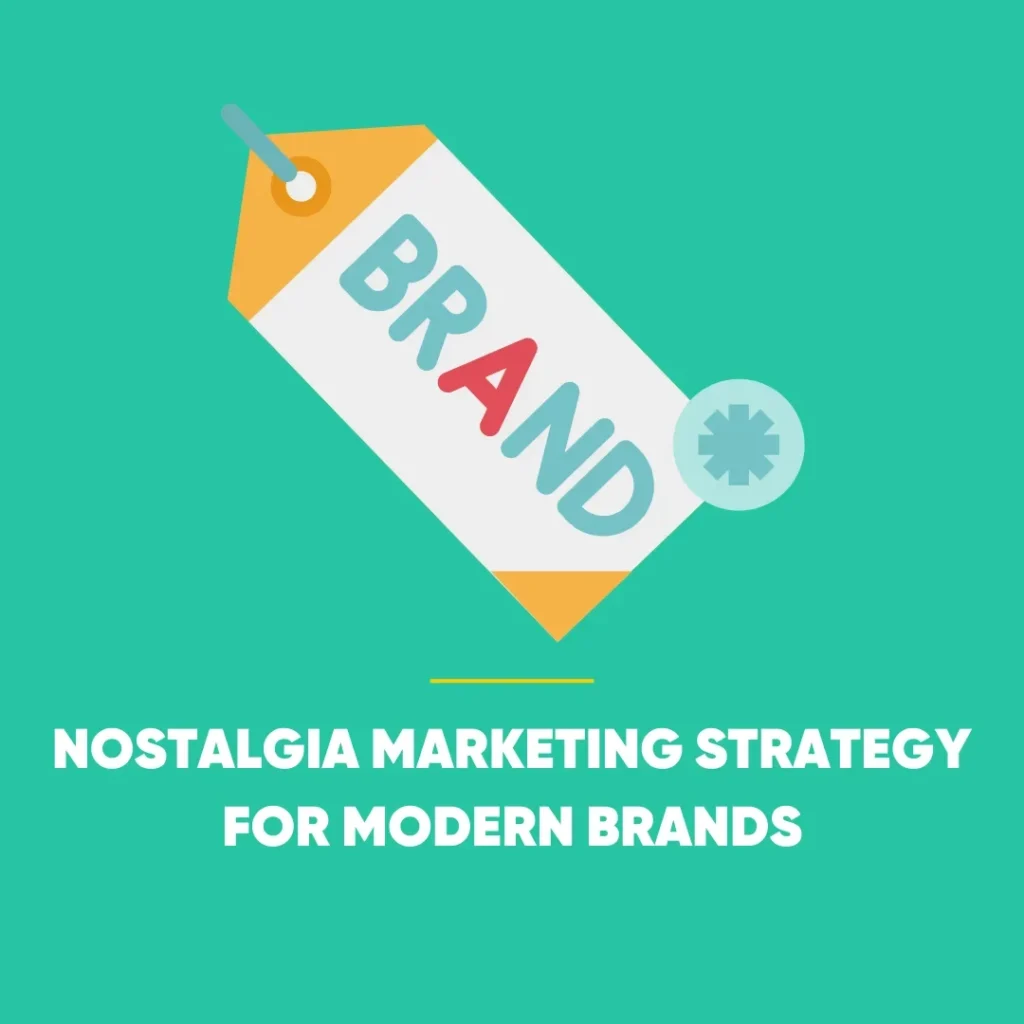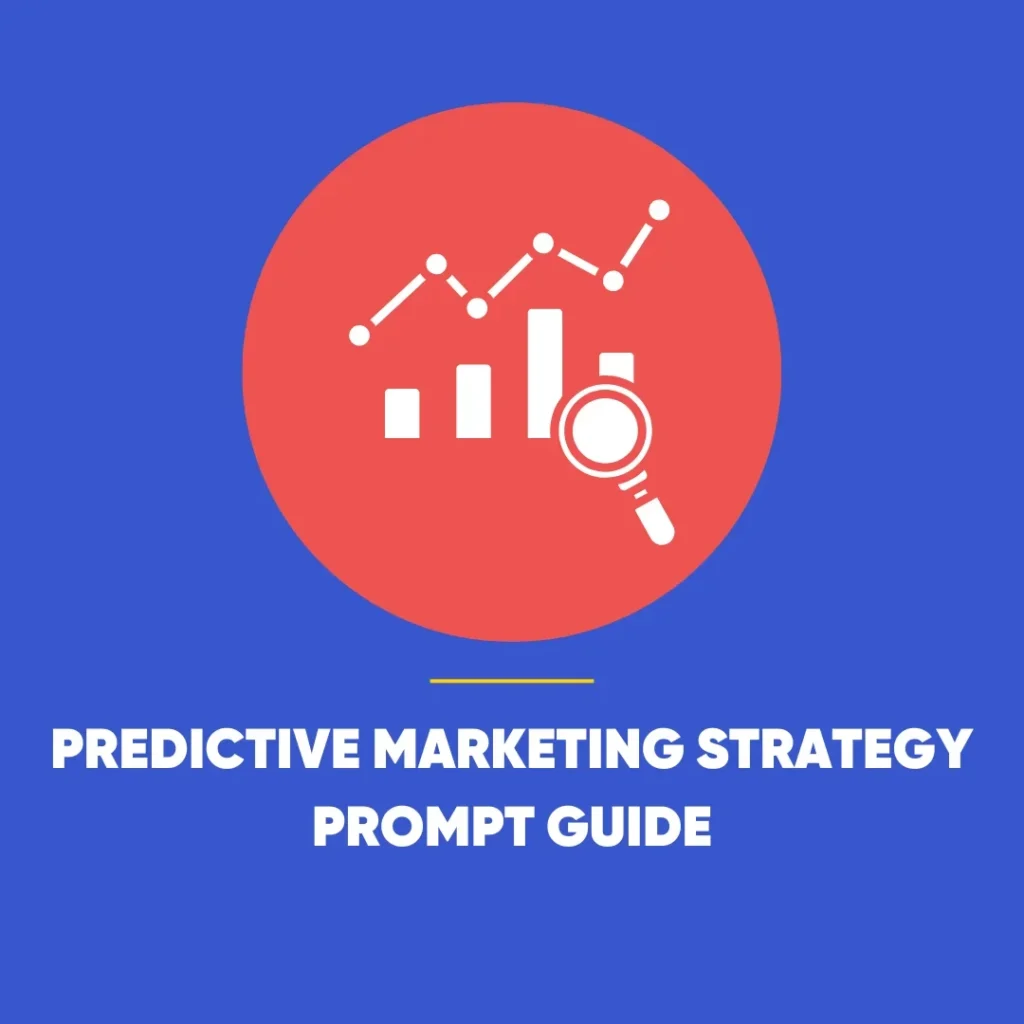Influencer Marketing Trends: The Ever-Evolving Landscape Across Industries
Back in 2013, singer Shay Lia captivated the world with her dynamic dance moves during Kaytranada’s legendary Boiler Room set, exemplifying early influencer marketing trends. That unforgettable moment quickly turned her into a meme sensation. Fast forward over a decade, and people still fondly remember and discuss that viral instance.
In the contemporary creator economy, today’s environment mirrors a lively dance floor. Brands are the DJs, orchestrating the event with their products, while consumers form the enthusiastic audience. Influencers, akin to star dancers, command attention with their charismatic presence and captivating content.
The undeniable influence of social media figures on culture and commerce has solidified influencer marketing as a cornerstone of social media strategies. To make a significant impact, brands must understand the dynamics of this ‘dance floor’, effectively engaging both influencers and consumers.
This article delves into five key influencer marketing trends shaping the social media landscape in 2024, alongside industry-specific trends to help you position your brand effectively.
Influencer Marketing Trends Shaping 2024
Drawing from The Influencer Marketing Report and other sources, we present five major trends in influencer marketing for 2024. Our analysis includes insights from a survey of over 2,000 consumers and 300 influencers, shedding light on the elements of successful influencer marketing and predicting future developments.
1. Consumers Are Becoming More Selective
A frequently cited buzzword in marketing today is ‘authenticity’. However, authenticity alone is insufficient to capture the attention of modern audiences, particularly younger consumers.
Our report indicates that only 35% of Gen Z consumers consider authenticity a top trait in influencers. Unlike older generations such as Millennials, who value influencers aligning with their personal values, younger consumers are more critical. They can easily detect inauthentic endorsements and lack brand loyalty, preferring personal recommendations and trending products from engaging influencers.
2. The Evolution of Purchase Decisions
The days of traditional window shopping and in-person demos are waning, replaced by social commerce functionality and in-app shopping. Influencer marketing has revolutionised our shopping habits
Content formats like hauls, “Get Ready With Me” (GRWM), and live reviews allow consumers to explore products or services recommended by their favourite influencers. Almost half of consumers trust influencers as much as they did six months ago, and an additional 30% trust them even more.
3. The Shift Towards Long-Term Partnerships
Influencers recognise their significant role in shaping social media culture and purchase decisions. They no longer wish to collaborate with just any brand. Influencers are becoming more selective, carefully considering potential partnerships.
Our data reveals that a majority (93%) of influencers evaluate a brand’s existing social content quality before collaborating. Additionally, 63% prefer working with brands sharing their values, and 59% consider defined budgets and payment structures essential.
Brands leveraging B2C and B2B influencer marketing benefit from robust, long-term relationships with influencers. These partnerships help nurture organic communities, reach new audiences, and build brand trust and awareness.
4. The Rise of Niche Marketing
Having millions of followers doesn’t necessarily guarantee a successful influencer marketing campaign or record sales. Micro and nano-influencers, with their loyal followings, have a unique ability to influence and guide consumers through the buyer journey.
Sprout’s data supports this trend, with our Q1 2024 Influencer Marketing Survey revealing that 40% of consumers prefer interacting with micro and nano-influencers. These influencers are often experts in their niche or industry, making them ideal partners for vertical markets such as higher education or healthcare.
5. Increasing Importance of Diversity and Representation
Diversity in social media marketing is now a necessity. Today’s top influencers come from a wide array of backgrounds, cultures, and identities. Consumers and influencers alike notice how brands approach diversity and representation. Younger generations, in particular, pay attention to inclusive marketing when making purchasing decisions. A Deloitte report highlighted that individuals aged 18-25 are especially aware of representative advertising during purchase consideration.
Communities also observe when brands limit diverse representation to specific cultural or identity celebrations like Pride Month. It’s crucial for brands to integrate Diversity, Equity, and Inclusion (DEI) year-round, demonstrating genuine allyship or activism. Brands should thoughtfully consider milestones like Asian Pacific American Heritage Month, Black History Month, and National Hispanic Heritage Month to craft an inclusive strategy. All in all, intentional collaboration with influencers will resonate deeply with diverse audiences.
Trends Across Various Industries
Influencer marketing trends have significantly evolved across different fields and social networks. Furthermore, each industry has its unique strengths and challenges. Sectors like fitness, beauty, and fashion have pioneered social media for years. In contrast, higher education is still exploring its possibilities.
Here, we examine top trends in influencer marketing across several industries, based on data from The 2024 Influencer Marketing Benchmarks Report.This report used data from Tagger by Sprout Social. It analysed posts from over 10 million vetted social profiles on platforms like Facebook, Instagram, TikTok, Twitch, X (formerly Twitter), and YouTube from January 1 to December 31, 2023.
Food and Drink Influencer Trends
Food and beverage content ranks highly among all consumer categories. People enjoy posts featuring aesthetic meal photos, homemade goodies, mocktail recipes, restaurant reviews, and more. Moreover, the average engagement rate in this category is 1.19%, with Instagram and TikTok leading in engagement.
Nutella exemplifies successful collaborations by frequently partnering with food influencers to showcase creative ways to enjoy their hazelnut spread. For instance, during a Mother’s Day campaign with Krusteaz, influencers like The Dashleys shared delightful recipes incorporating Nutella.
Key takeaway: Food is a universal connector. Brands in this industry benefit by engaging influencers who can present their products through relatable, family-oriented content.
Beauty Influencer Trends
Beauty remains a top category for women across generations and the second most popular topic overall. For example, consumers are consistently eager for tutorials, new looks, and product hauls. In 2023, there were 25.8 million beauty influencer posts with an average engagement rate of 1.95%, with TikTok and Instagram being the preferred platforms.
Fenty Beauty stands out as a popular brand among influencers. Their content feels authentic and aligns with the influencer’s personal style. For example, during a new foundation launch, influencer Monet McMichael was featured at the Soft Lit Luminous Foundation event, highlighting her unique editing style and flawless skin, thereby resonating with the audience.
Key takeaway: Beauty brands can effectively highlight their products by partnering with influencers for social media posts and event activations that feel genuine and aligned with the influencer’s persona.
Fashion Influencer Trends
Fashion is the third most popular influencer topic among consumers, with a significant appeal to women, Gen Z, and Millennials. Gen Z, in particular, looks to influencers for fashion inspiration, making it one of the most viewed categories on social media. In 2023, fashion content generated 1.21 trillion impressions. Instagram is the leading platform, followed closely by TikTok, which boasts a higher engagement rate (2.26%) than the industry average (1.56%).
Finesse is a notable example of a brand that champions representation and targets Gen Z by building strong influencer partnerships. This AI-driven fashion house collaborates with a diverse range of influencers, including those from LGBTQIA+ and BIPOC communities, many of whom hold multiple roles in the fashion industry.
In the UK, Instagram remains a popular platform for fashion influencers. Our Q1 2024 Pulse Survey found that UK consumers engage more on Instagram compared to their US counterparts (38% UK vs. 27% US).
Key takeaway: Fashion brands should utilise visually engaging platforms like Instagram and TikTok to showcase collections, connect with younger, diverse consumers, and build niche communities.
Sports and Fitness
From workout gear recommendations to exercise tips and athlete interviews, sports and fitness content reflects current influencer marketing trends across generations. Sports content is particularly popular among Gen X, while Gen Z and Millennials show more interest in fitness-related posts. Instagram, TikTok, and X are the main platforms for this content, with TikTok achieving a higher engagement rate (2.51%) than the industry average (1.6%).
The WNBA leverages the athlete-influencer trend by collaborating with brands that support women’s health and wellness. For instance, to celebrate its partnership with Opill®, the league featured posts with New York Liberty’s Betnijah Laney, showcasing the integration of professional athletes in brand partnerships.
Key takeaway: Sports and fitness brands can benefit from partnering with professional athletes, trainers, and other related figures to align with their broader organisational goals and values.
Travel
Social media allows consumers to indulge in their wanderlust through immersive travel content. In 2023, there were over 6.5 million travel influencer posts. Platforms like Instagram, TikTok, and YouTube enable consumers to explore destinations, accommodations, and experiences vicariously.
Sonder, an innovative hospitality platform, launched the #ABetterWayToStay campaign featuring several travel influencers. In fact, lifestyle blogger Sarah Witpeerd, known for her travel and city life content, was a perfect fit for promoting Sonder’s unique hospitality experience.
Key takeaway: Travel and hospitality brands should work with influencers to highlight distinctive offerings and customer experiences through compelling storytelling and visually appealing content.
Crafting Impactful Influencer Marketing Strategies for 2024
In summary, consumers are aware they’re being marketed to and prefer influencer content that resonates with them on a personal level. Brands should build stronger partnerships and tap into niche communities. Additionally, prioritising diversity is essential for creating effective influencer marketing strategies.
Find out more about what’s happening within the digital marketing in our blog column.









